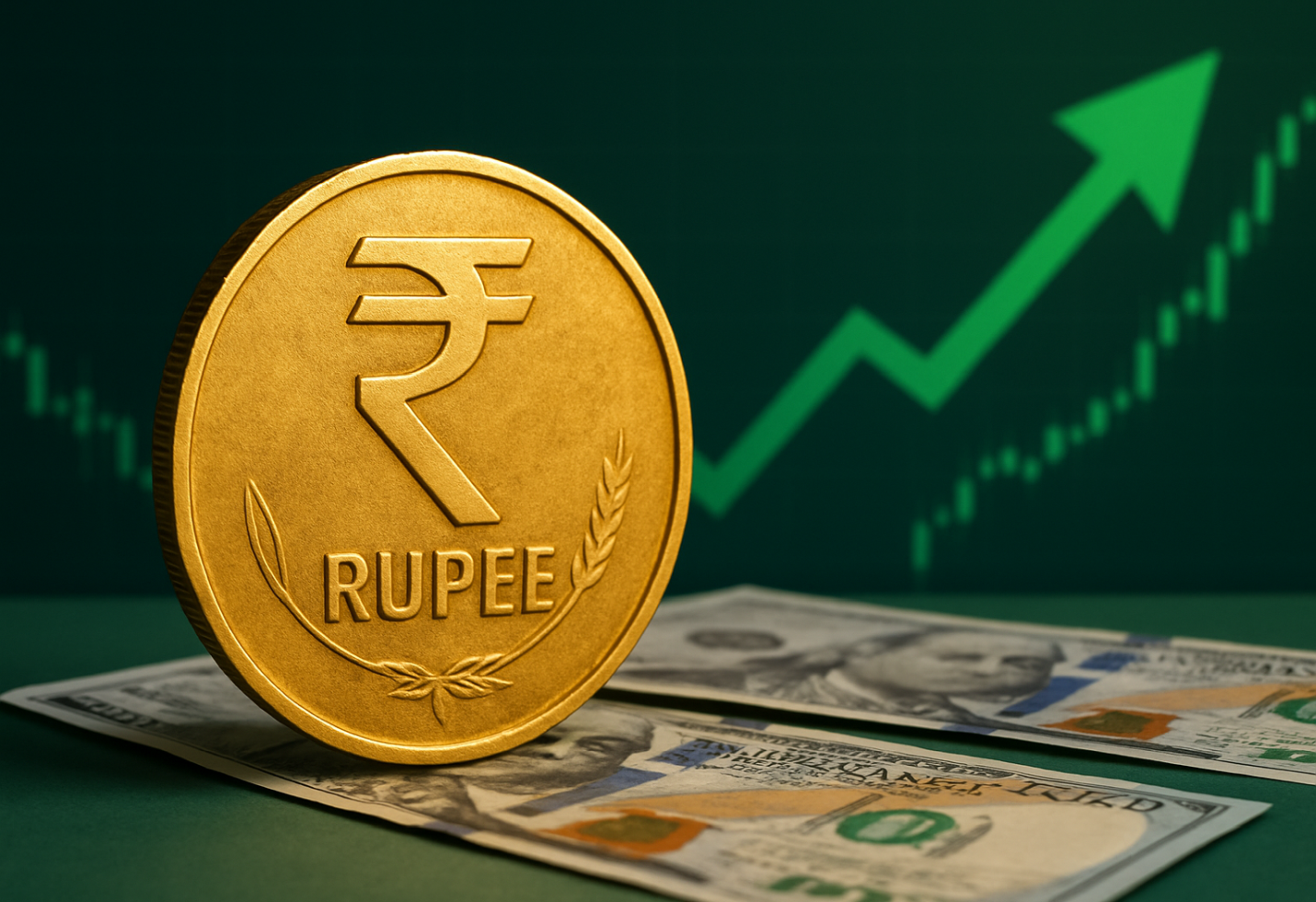BRICS-backed bank plans first Indian rupee-denominated bond by end-March
In a significant move towards enhancing the international presence of BRICS currencies, the New Development Bank (NDB), established by Brazil, Russia, India, China, and South Africa, plans to issue its debut rupee-denominated bond in the domestic Indian market by March 2026.. This initiative aims to raise between $400 million and $500 million through 3- to 5-year bonds.
Strategic Objectives
The NDB’s decision to issue rupee-denominated bonds aligns with its strategy to increase local currency lending among BRICS nations. The bank aims to provide 30% of its financial commitments in member countries’ national currencies by 2026. This move is also part of broader efforts to promote the international use of BRICS currencies and reduce reliance on the U.S. dollar in global trade and finance. The planned issuance comes after previous fundraising efforts in Chinese yuan and South African rand. The NDB is in advanced discussions with the Reserve Bank of India (RBI) for final approvals, although it remains unclear if full government consent has been secured.
Market Conditions and Currency Dynamics
As of May 2025, the Indian rupee was trading at approximately 85.27 per U.S. dollar, reflecting a modest strengthening against the greenback. This favorable exchange rate could enhance the appeal of rupee-denominated bonds to international investors, potentially leading to increased demand and favorable pricing for the upcoming NDB issuance.
Potential Impact on Indian Financial Markets
The NDB’s debut rupee bond is expected to boost liquidity and investor interest in India’s bond market. Similar instruments from institutions like the World Bank’s International Finance Corporation (IFC) have historically seen strong investor interest, indicating a positive reception for such offerings. Additionally, the issuance aligns with the Reserve Bank of India’s efforts to manage liquidity in the banking system. In February 2025, the RBI announced a $10 billion three-year dollar/rupee swap auction to address ongoing cash shortages, infusing approximately 870 billion rupees into the system. The NDB’s bond issuance could complement these efforts by providing an alternative investment avenue and contributing to overall market stability.
Investor Considerations
Investors should monitor the NDB’s bond issuance closely, as it represents a novel opportunity in the Indian fixed-income market. Key factors to consider include:
* Credit Rating: The NDB’s creditworthiness will influence the bond’s risk profile and yield expectations. Investors should assess the bank’s financial health and historical performance.
* Currency Risk: While the bond will be denominated in Indian rupees, the NDB’s international backing may mitigate some currency risk. However, fluctuations in the rupee’s value against other currencies could impact returns.
* Market Demand: The level of investor interest in the NDB’s bond will affect its pricing and yield. A strong demand could lead to favorable terms for the bank and investors alike.
* Regulatory Approvals: Final approval from the RBI and the Indian government is crucial for the issuance. Delays or changes in regulatory conditions could impact the timeline and structure of the bond.
Conclusion
The NDB’s plan to issue its first Indian rupee-denominated bond marks a significant step in promoting the international use of BRICS currencies and diversifying investment opportunities in India’s financial markets. While the initiative holds promise for enhancing liquidity and investor interest, potential investors should carefully evaluate the associated risks and monitor developments related to regulatory approvals and market conditions.
The image added is for representation purposes only










